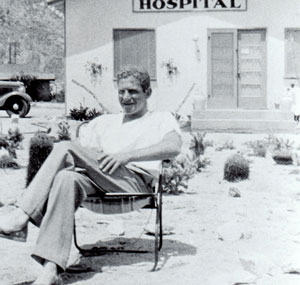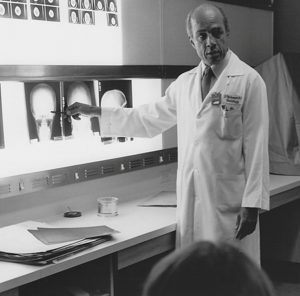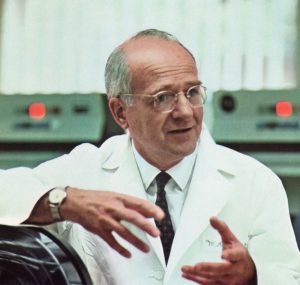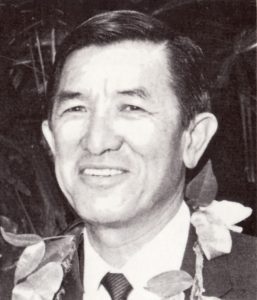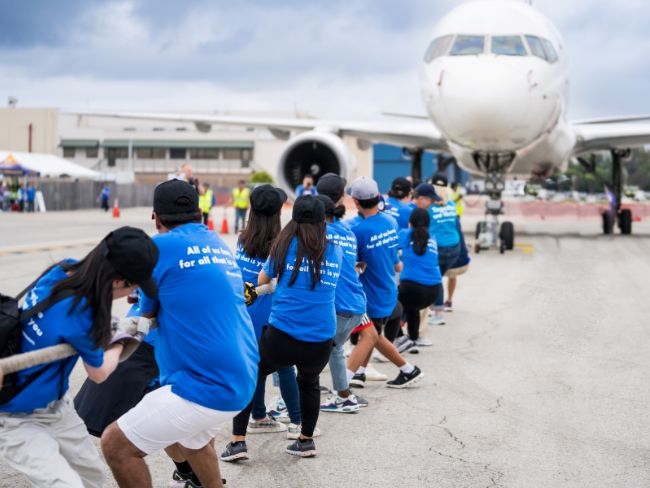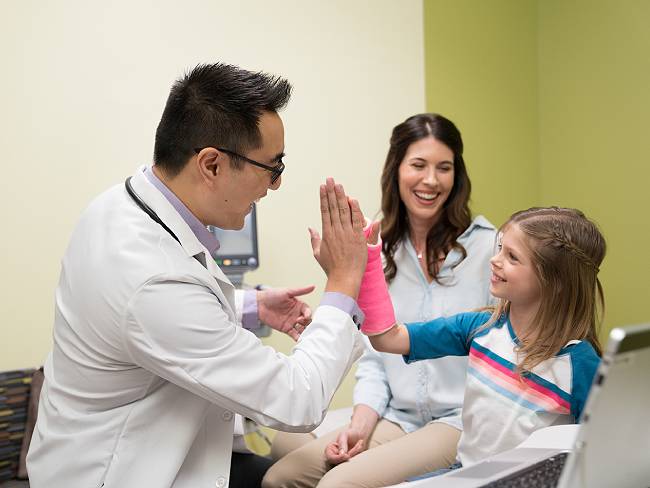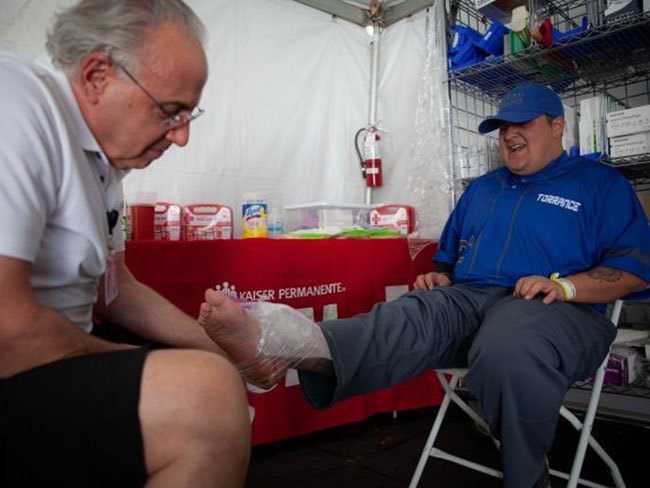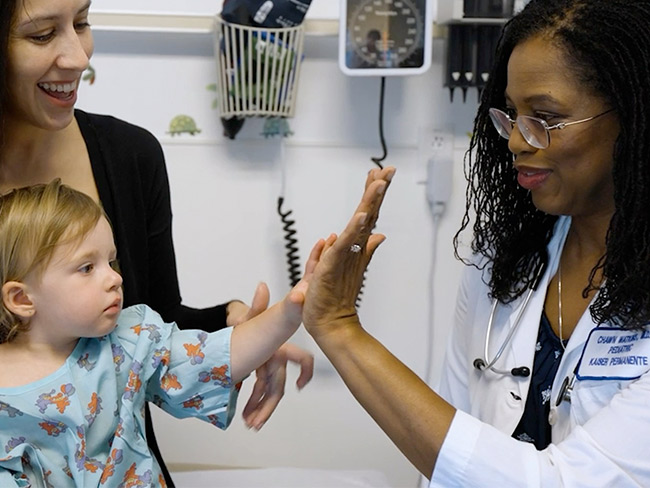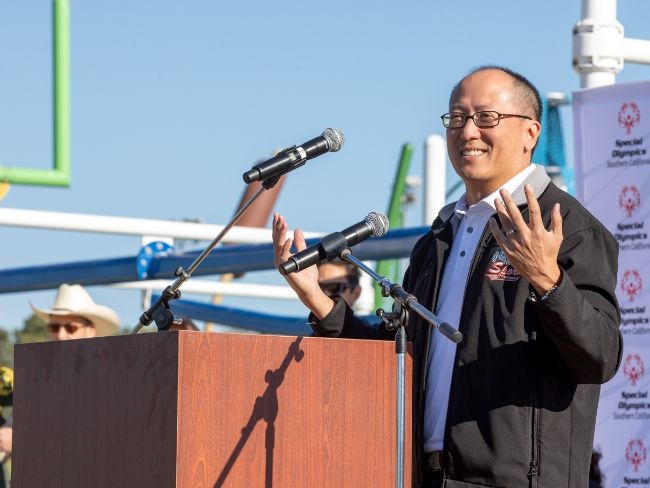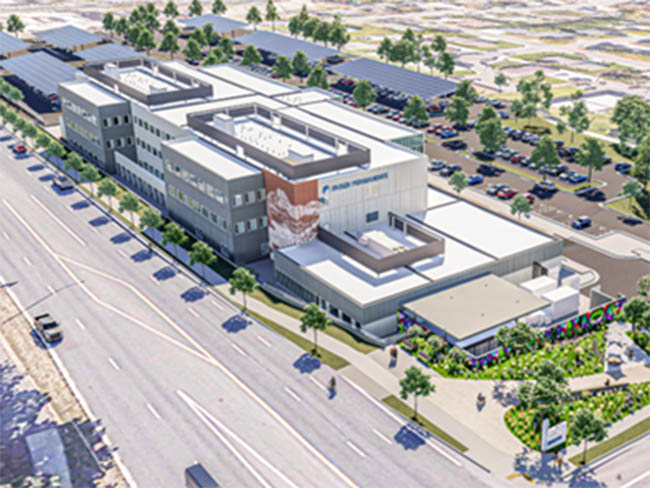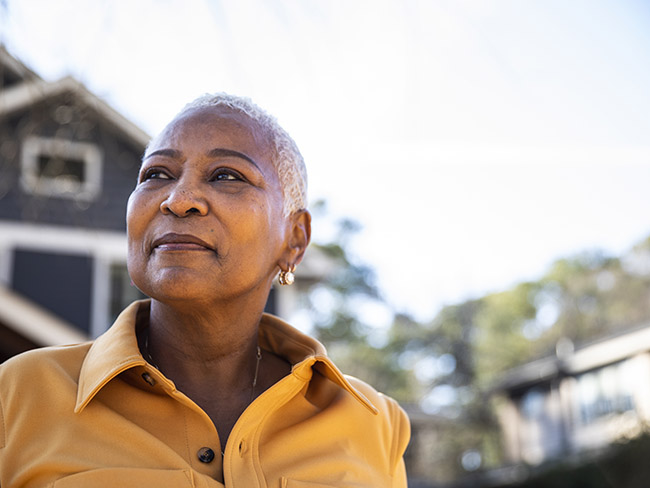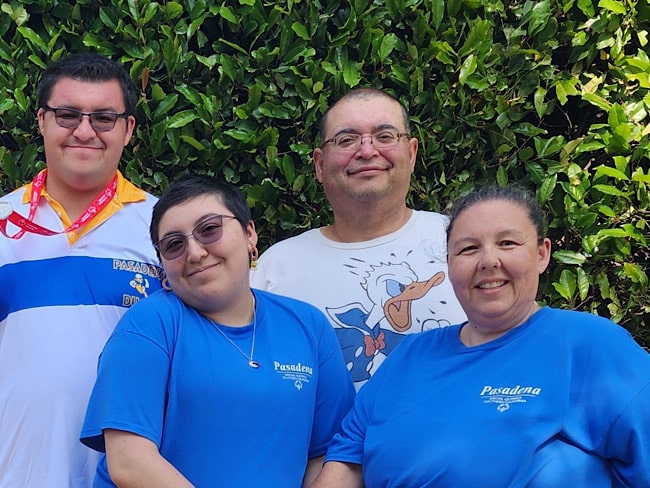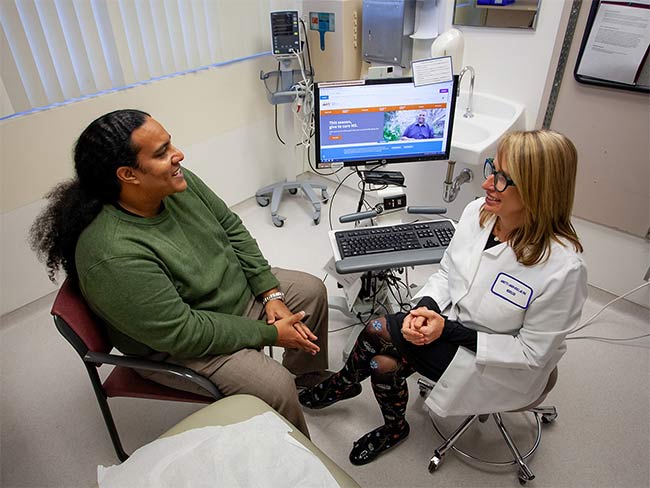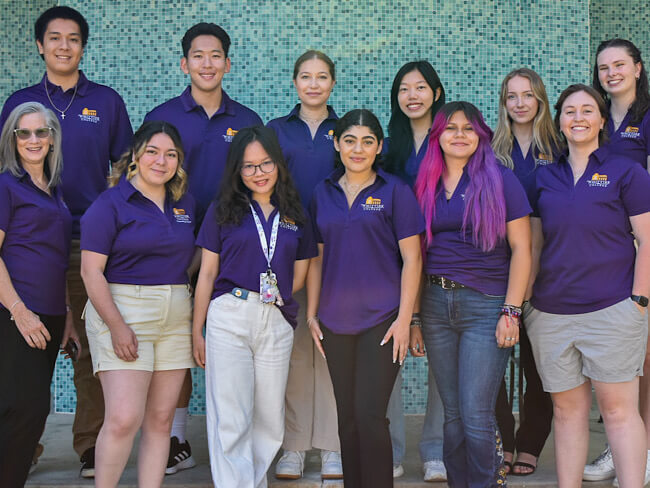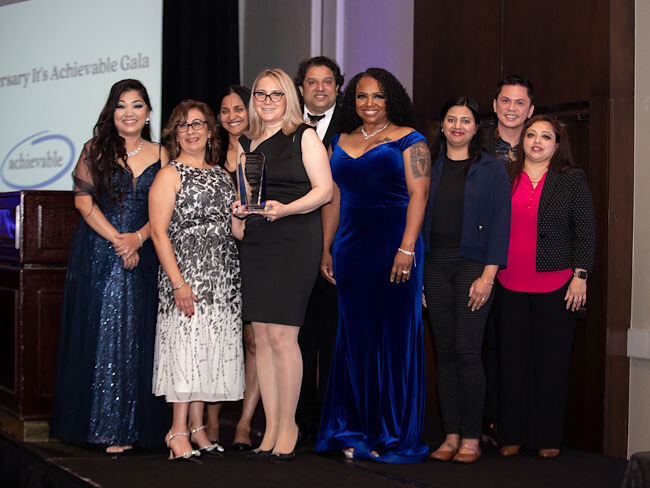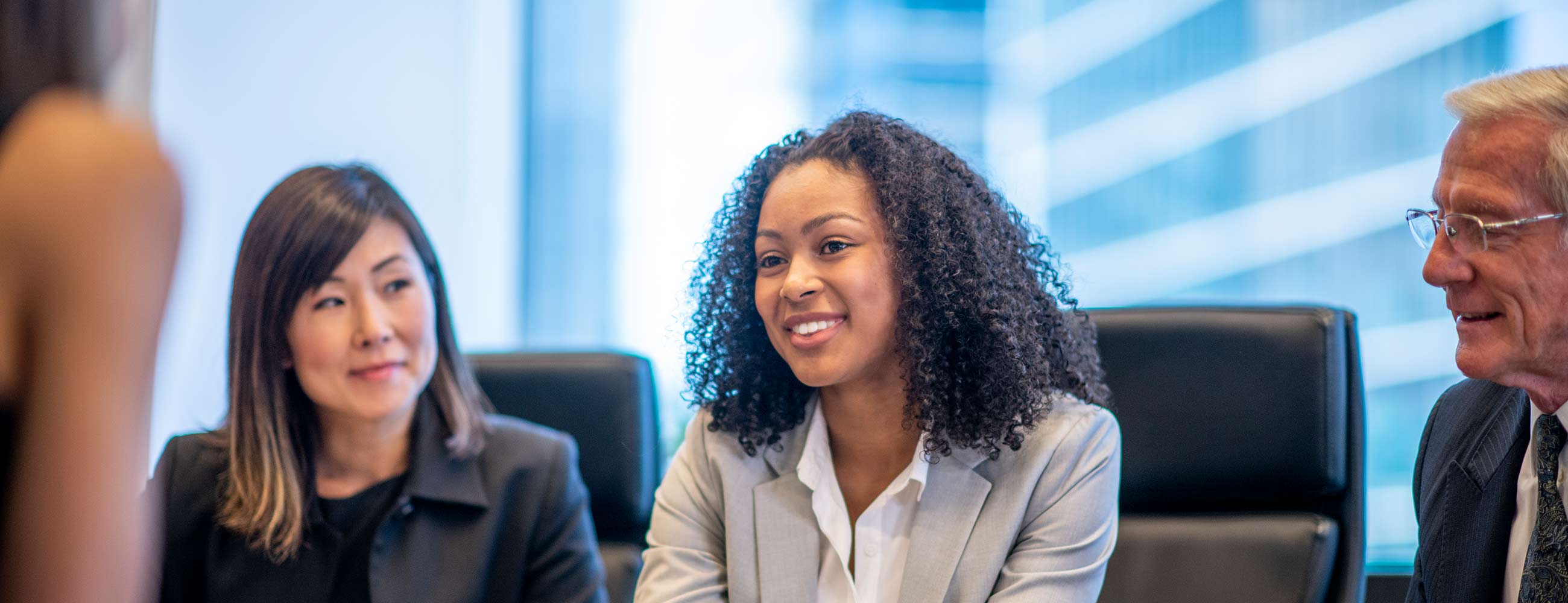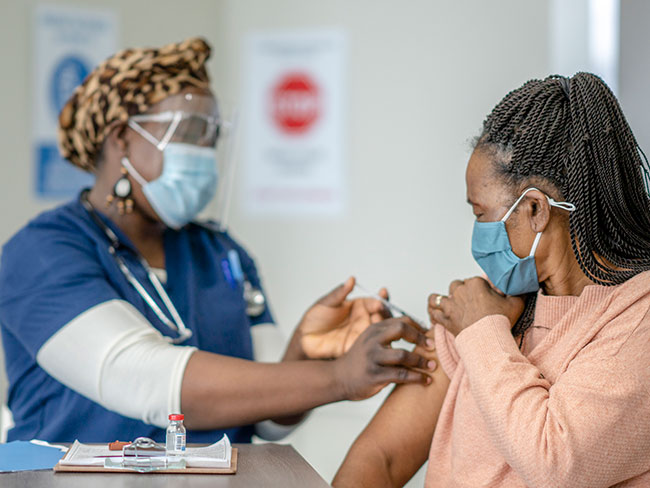5 physicians who made a difference
Meet 5 outstanding doctors who advanced the practice of medical care with their service at Kaiser Permanente.
Dr. Sidney Garfield at Contractors General Hospital, 1935
In honor of National Physicians Week we are sharing profiles of 5 outstanding doctors who advanced the practice of medical care with their service at Kaiser Permanente.
Sidney R. Garfield, MD (1906–1984)
Dr. Garfield is Kaiser Permanente’s founding physician. As a surgeon, he first applied the principles of prepaid group medical practice while providing health care for construction workers on the Colorado River Aqueduct in California's Mojave Desert in 1933. In 1938, Henry J. Kaiser and his son Edgar invited him to organize a similar program for construction workers and their families at Grand Coulee Dam in Washington. During World War II, Dr. Garfield developed a medical care program for hundreds of thousands of workers and family members at Kaiser shipyards in the San Francisco Bay Area and the Portland/Vancouver area, as well as at the Kaiser Steel Mill in Fontana, California. Historians have noted that one of the century’s major social contributions was the role of Dr. Garfield and Henry Kaiser in co-founding Kaiser Permanente and launching employer-sponsored health care in the United States.
Eugene Hickman, MD (1921–2013)
Dr. Hickman was the first African American physician to join The Permanente Medical Group in Northern California. Dr. Hickman graduated from Nashville’s Meharry Medical School (the second-oldest medical school for African Americans in the nation) in 1949, then practiced as a radiologist at several Los Angeles facilities — the City Health Department, Cedars-Sinai Medical Center, and the Veterans Administration hospital — before coming to Kaiser Permanente. He had a long career at the Oakland Kaiser Permanente Hospital, becoming president of the hospital staff and later chief of the department of radiology. He ended his 30-year tenure in 1989.
Beatrice Lei, MD (1910–2002)
Dr. Lei, a Chinese immigrant, was one of the 16 physicians recruited by Dr. Garfield from 1944 to 1945 to serve the health care needs of the World War II Kaiser Richmond shipyard workers. She helped transition the health care program into the postwar era and became the first female and first Asian physician accepted as a partner in The Permanente Medical Group in 1948. Dr. Lei served as chief of pediatrics at the Kaiser Permanente Richmond Field Hospital from 1946 to 1966 and continued practicing there until she retired in 1975. Frederic Geier, MD, who was physician-in-chief at Richmond Medical Center during her tenure, said, “Dr. Lei has always been one of the most popular pediatricians here. She has a wonderful rapport with children and their parents.”
Morris Collen, MD (1913–2014)
Dr. Garfield recruited Dr. Collen to be chief of medicine for the industrial health care program for workers in the Kaiser Richmond shipyards in July 1942. Throughout his career at Kaiser Permanente, Dr. Collen saved lives by pioneering the treatment of pneumonia with penicillin, by applying efficient medical diagnostic processes to hard-working longshoremen, and by using then-new mainframe computers to automate the analysis of the “multiphasic examinations” he’d helped develop for incoming health plan members. He is considered one of the founders of the field of medical informatics.
Philip Tong Chu, MD (1918–1970)
Hawaii-born Dr. Chu was the first Hawaii Permanente Medical Group director from 1960 to 1970. He was a respected surgeon and visionary leader who was praised for his abiding respect for Hawaii’s cultural diversity. He earned his medical degree from Pennsylvania Medical School of St. John's University in Shanghai, China, in 1944. As part of the World War II reconstruction, Dr. Chu was regional medical officer for the United Nations Relief and Rehabilitation Administration, China Division. After surgical residency at several U.S. hospitals, he served at the U.S. Public Health Service Indian Hospital at Sacaton, Arizona, and later served in Detroit. He spent the remainder of his life in Hawaii, working as a doctor and administrator.
